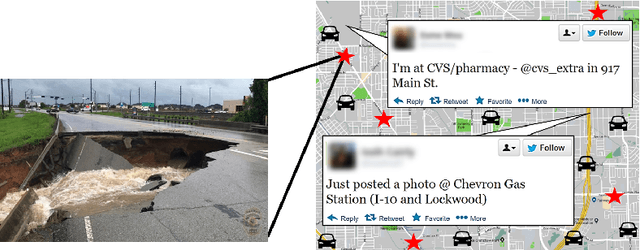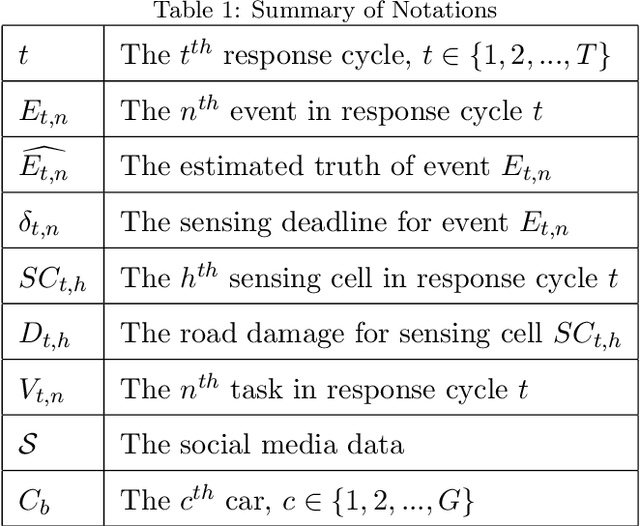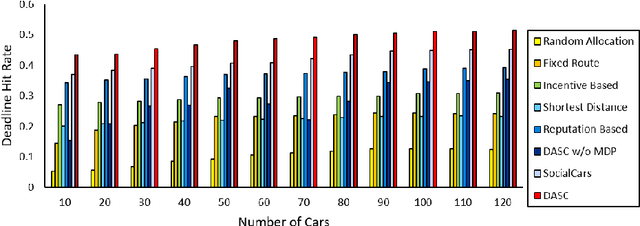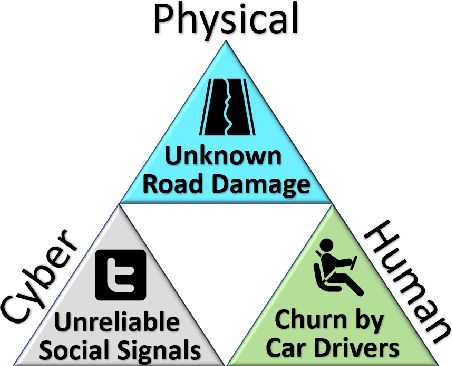Daniel
Yue
Can we infer the presence of Differential Privacy in Deep Learning models' weights? Towards more secure Deep Learning
Nov 20, 2023



Abstract:Differential Privacy (DP) is a key property to protect data and models from integrity attacks. In the Deep Learning (DL) field, it is commonly implemented through the Differentially Private Stochastic Gradient Descent (DP-SGD). However, when a model is shared or released, there is no way to check whether it is differentially private, that is, it required to trust the model provider. This situation poses a problem when data privacy is mandatory, specially with current data regulations, as the presence of DP can not be certificated consistently by any third party. Thus, we face the challenge of determining whether a DL model has been trained with DP, according to the title question: Can we infer the presence of Differential Privacy in Deep Learning models' weights? Since the DP-SGD significantly changes the training process of a DL model, we hypothesize that DP leaves an imprint in the weights of a DL model, which can be used to predict whether a model has been trained with DP regardless of its architecture and the training dataset. In this paper, we propose to employ the imprint in model weights of using DP to infer the presence of DP training in a DL model. To substantiate our hypothesis, we developed an experimental methodology based on two datasets of weights of DL models, each with models with and without DP training and a meta-classifier to infer whether DP was used in the training process of a DL model, by accessing its weights. We accomplish both, the removal of the requirement of a trusted model provider and a strong foundation for this interesting line of research. Thus, our contribution is an additional layer of security on top of the strict private requirements of DP training in DL models, towards to DL models.
ACE: A Novel Approach for the Statistical Analysis of Pairwise Connectivity
Aug 09, 2021



Abstract:Analysing correlations between streams of events is an important problem. It arises for example in Neurosciences, when the connectivity of neurons should be inferred from spike trains that record neurons' individual spiking activity. While recently some approaches for inferring delayed synaptic connections have been proposed, they are limited in the types of connectivities and delays they are able to handle, or require computation-intensive procedures. This paper proposes a faster and more flexible approach for analysing such delayed correlated activity: a statistical approach for the Analysis of Connectivity in spiking Events (ACE), based on the idea of hypothesis testing. It first computes for any pair of a source and a target neuron the inter-spike delays between subsequent source- and target-spikes. Then, it derives a null model for the distribution of inter-spike delays for \emph{uncorrelated}~neurons. Finally, it compares the observed distribution of inter-spike delays to this null model and infers pairwise connectivity based on the Pearson's Chi-squared test statistic. Thus, ACE is capable to detect connections with a priori unknown, non-discrete (and potentially large) inter-spike delays, which might vary between pairs of neurons. Since ACE works incrementally, it has potential for being used in online processing. In our experiments, we visualise the advantages of ACE in varying experimental scenarios (except for one special case) and in a state-of-the-art dataset which has been generated for neuro-scientific research under most realistic conditions.
DASC: Towards A Road Damage-Aware Social-Media-Driven Car Sensing Framework for Disaster Response Applications
Jun 04, 2020



Abstract:While vehicular sensor networks (VSNs) have earned the stature of a mobile sensing paradigm utilizing sensors built into cars, they have limited sensing scopes since car drivers only opportunistically discover new events. Conversely, social sensing is emerging as a new sensing paradigm where measurements about the physical world are collected from humans. In contrast to VSNs, social sensing is more pervasive, but one of its key limitations lies in its inconsistent reliability stemming from the data contributed by unreliable human sensors. In this paper, we present DASC, a road Damage-Aware Social-media-driven Car sensing framework that exploits the collective power of social sensing and VSNs for reliable disaster response applications. However, integrating VSNs with social sensing introduces a new set of challenges: i) How to leverage noisy and unreliable social signals to route the vehicles to accurate regions of interest? ii) How to tackle the inconsistent availability (e.g., churns) caused by car drivers being rational actors? iii) How to efficiently guide the cars to the event locations with little prior knowledge of the road damage caused by the disaster, while also handling the dynamics of the physical world and social media? The DASC framework addresses the above challenges by establishing a novel hybrid social-car sensing system that employs techniques from game theory, feedback control, and Markov Decision Process (MDP). In particular, DASC distills signals emitted from social media and discovers the road damages to effectively drive cars to target areas for verifying emergency events. We implement and evaluate DASC in a reputed vehicle simulator that can emulate real-world disaster response scenarios. The results of a real-world application demonstrate the superiority of DASC over current VSNs-based solutions in detection accuracy and efficiency.
 Add to Chrome
Add to Chrome Add to Firefox
Add to Firefox Add to Edge
Add to Edge